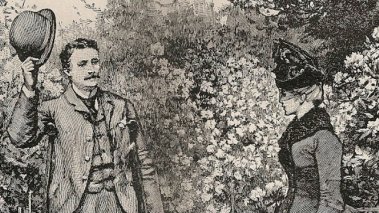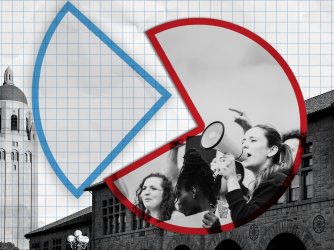Table of Contents
Victorian Era’s Justifications for Censorship Make a Comeback

FIRE President Greg Lukianoff has often lamented that too many students on today’s college campuses have adopted “the thinking of old Victorian censors.” Yesterday, Reason’s Elizabeth Nolan Brown highlighted four neo-Victorian trends from the past year, and they are sure to resonate with free speech and due process advocates.
Brown begins with a discussion of art censorship, and sadly, there are too many examples of this to list either in her article or here. Earlier this month FIRE wrote to the University of Iowa urging it to clarify to the campus community that visiting professor Serhat Tanyolacar’s work—which was shaped like a Ku Klux Klan robe and meant to criticize racism—is protected under the First Amendment. And there’s been no shortage of constitutionally protected art that nevertheless has been met with demands for censorship at institutions that are bound by the First Amendment or that promise their students freedom of expression. Instead of embracing provocative works and the discussion they can spark, aspiring censors achieve their goal by affixing to the works one of the many labels that are too often treated as a sort of trump card over freedom of speech: racist, sexist, or triggering, for example.
Among the most frequently used labels is “hate speech.” The term has no legal definition, and the Supreme Court has made clear that “hate speech” is not one of the few narrowly-defined categories of speech unprotected by the First Amendment. Despite that, the label is frequently and falsely claimed as a legal justification for censorship in cases where people object to speech that they deem offensive. The harm hate speech purportedly causes, Brown argues, comes down to “unquantifiable emotional costs”—the same supposed harm cited by those who shielded the rich and powerful from scrutiny back in the 1800s.
As for racism, sexism, and other concerns, Brown is optimistic about the future—if we can get censorship under control. She writes:
We are also a society that—for all the way's social media's microscope may make it appear otherwise—is becoming more tolerant, more open-minded, less bigoted, less homophobic, and less accepting of sexual violence. Now is not the time to panic, and certainly not to trample rights; why make bigots into free-speech martyrs? If tolerance and equality truly are winning on their own merits (and I think they are), then letting their opponents freely express their grievances with them can only help.
Click over to Reason for more on the unfortunate ways history is repeating itself.
Recent Articles
FIRE’s award-winning Newsdesk covers the free speech news you need to stay informed.

A third of Stanford students say using violence to silence speech can be acceptable

Stanford president and provost cheer free expression in open letter to incoming class

FIRE survey shows Judge Duncan shoutdown had ‘chilling effect’ on Stanford students
